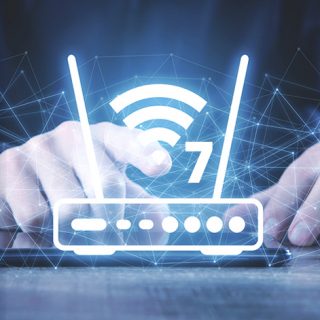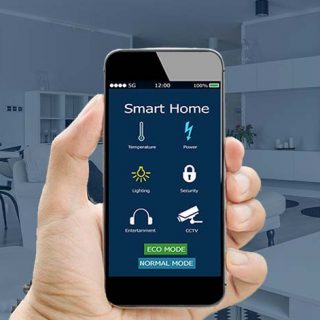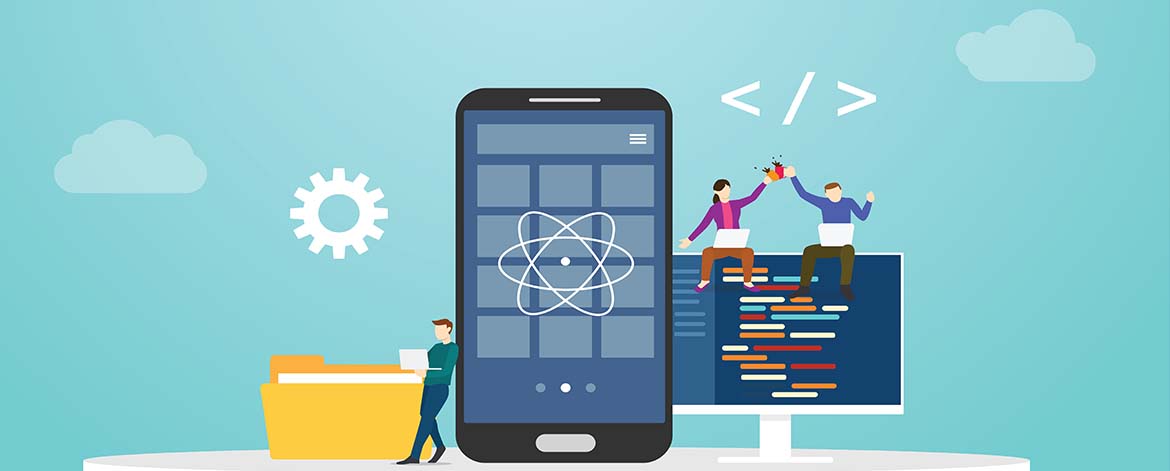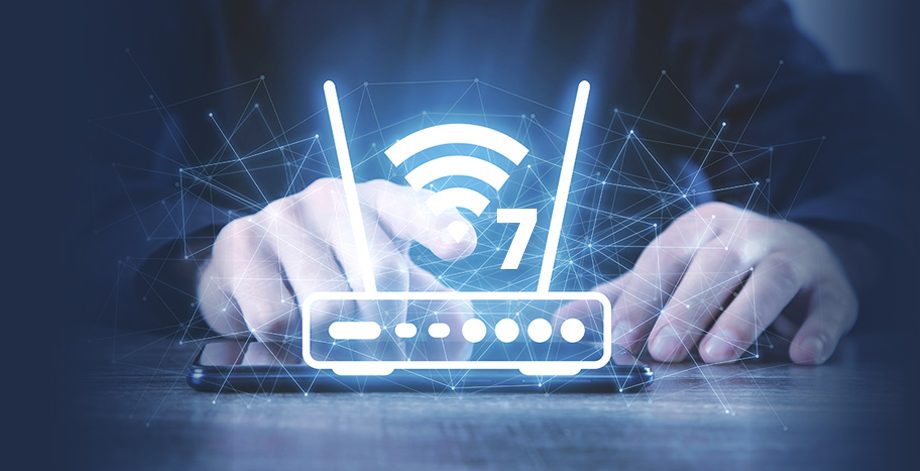The Internet of Things (IoT) describes the network of things that are embedded with sensors, software, and other technologies for the purpose of connecting and exchanging data with other devices and systems over the internet. To access any IoT device, it should be on-boarded so that it becomes a part of IoT ecosystem.
Device onboarding is a process that involves providing network access to the device, registering that device on a cloud/server and giving appropriate inputs to use the services of the device from any location using the internet. This process should be seamless and should take as little time as possible to complete, reducing the user’s efforts and time to set up the device for actual usage. Simple onboarding process help consumers who struggle with technology and will not put them off.
To onboard any IoT device, there are various methods including onboarding via a mobile application, on-device screen control and one-click (by AWS). The most commonly used method is onboarding through a mobile application as it allows you to connect and control the IoT devices, observe the onboarding progress, allow users to add data in the mobile application and transfer to the IoT device via BLE or Wi-Fi, and lastly, diagnose onboarding or control issues as and when required.
Let’s understand the common challenges faced by the user during device onboarding via a mobile application
- Selecting correct onboarding application from similar named applications available on app/play store
- Incomplete onboarding due to inappropriate permissions or access to the application or device
- Errors while entering manual data prompted by the application
- Re-initiation of onboarding process if it fails the first time for any reason
- Change of mobile internet connectivity from IoT device hostspot, to other Wi-Fi or mobile data network, thereby not allowing access to the IoT device pages
Corrective actions to solve the above challenges and make the device onboarding process smooth
- Add a QR code or a store link for the application on the IoT device box, thereby making it easy for the user to scan and install the application
- Check for all required access in the application before starting the onboarding process, including Bluetooth, Wi-Fi, hotspot, etc
- Self-explanatory images depicting the device onboarding process or a video describing the step by step process, including inputs required from the user. For input like device Mac address, default Wi-Fi password and/or serial number, it should be fetched from the QR code available on the device or its box
- If the initial onboarding process fails, then the previously entered data by the user should be stored on the device and onboarding should continue from the step where it failed
- When a mobile application is connected with an IoT device hotspot, it can access local pages of the IoT device. Thus, once the onboarding process has started, the user should ensure that the mobile application is not connected to any other network except the IoT device hotspot
- Integrate analytics in the application and prepare a matrix for onboarding success and failure with details like failure reason, failed steps, inputs provided, device info including device type, OS version, device connection status, etc. One can use this matrix to identify success rates and failure reasons to prepare required updates for device firmware or mobile applications in the future, which will enable an increase in the onboarding success rate
Every small step which reduces customer efforts to onboard any device will win their satisfaction. Successful device onboarding also helps the company to lower support and maintenance costs. Thus, by making every single customer’s device onboarding experience simple and seamless, companies can generate loyalty and better brand positioning for their products.

About the Author: Parth Shah
Parth Shah works with VOLANSYS Technologies as Senior Engineer to develop Mobile Applications in iOS. Parth has a rich experience of 6+ years in iOS application development for different domain which includes architecture preparation, application development, unit testing and app release on store.









